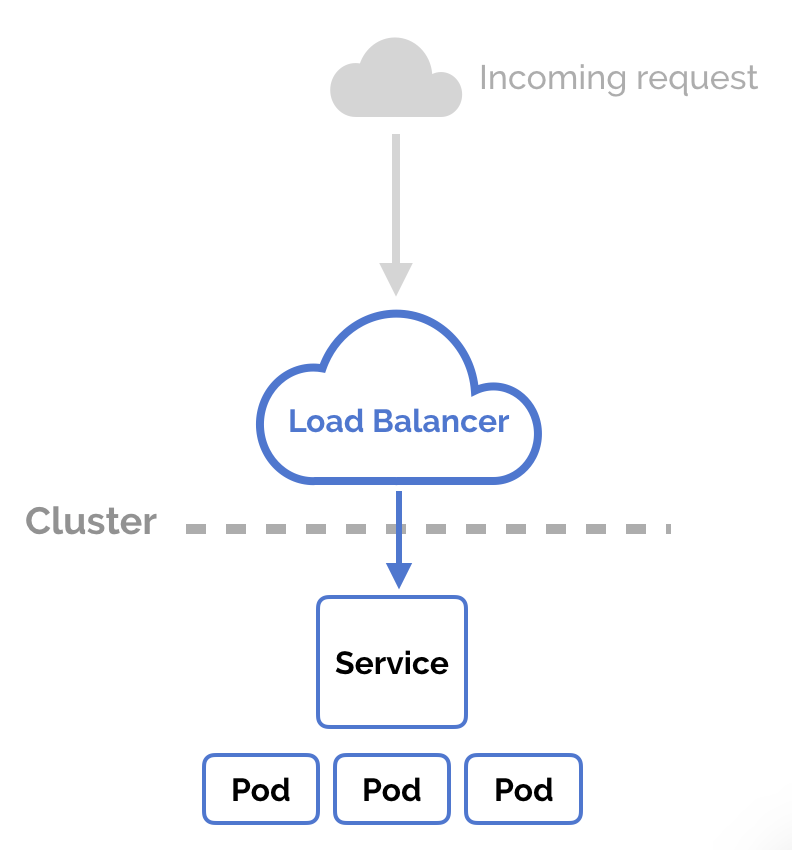

- #INGRESS DOCKER DESKTOP FOR MAC#
- #INGRESS DOCKER DESKTOP PRO#
- #INGRESS DOCKER DESKTOP CODE#
- #INGRESS DOCKER DESKTOP PLUS#
- #INGRESS DOCKER DESKTOP MAC#
In the documentation for the Nginx Ingress controller it states that you must run the mandatory command: Therefore, I decided to pen this short article in case anyone else is experiencing the same problem.

Ultimately it was just as easy as minikube, however it really wasn't obvious. I spent several hours trying to get an Ingress controller to work under Windows. kubectl get pods should then list your controller and it was automatically available from outside of your cluster.
#INGRESS DOCKER DESKTOP MAC#
On the Mac I had previously used minikube for my Kubernetes needs but I wanted to use the Docker for Windows Kubernetes option instead.Įnabling an Ingress controller was a fairly straight forward affair with minikube.
#INGRESS DOCKER DESKTOP PRO#
I am currently in the process of moving my dev systems from my 2017 Macbook Pro over to my new X1 Extreme gen.
#INGRESS DOCKER DESKTOP FOR MAC#
Note the “Processed by container ID “ at the bottom of the page.- Edited: They've now included information in the official documentation relating to setting up an ingress controller in Docker Desktop for mac and windows: Swarm will also do basic load balancing.In a multi-node environment, Swarm will spread out the replicas however you want.So when the result app calls on the database, it connects to and the Swarm takes care of directory the service to `db`. The services all refer to each other by name.There’s a lot going on here but here are some points to highlight:
#INGRESS DOCKER DESKTOP CODE#
The code for all these components is in our Example Voting App repo on GitHub. Open up different browsers to add in additional votes if you want. On localhost:5001 you can see the results of the vote. You can vote for cats or dogs, whichever you like better.
#INGRESS DOCKER DESKTOP PLUS#
All with a name vote_ plus something like vote_db. This will show you the 5 services, all with 1 replica. Then, from the command line in the same directory as that file, type the following commands. Give it a try with a few simple steps.įirst, copy the contents of this file into a file called docker-stack-simple.yml. Swarm uses the Docker command line or the Docker Compose file format with a few additions. Managers run the swarm cluster, making sure nodes can communicate with each other, allocate applications to different nodes, and handle a variety of other tasks in the cluster. Swarm mode uses managers and workers to run your applications. After joining a swarm, they are referred to as nodes. The machines in a swarm can be physical or virtual. After that has happened, you continue to run the Docker commands you’re used to, but now they are executed on a cluster by a swarm manager.

Docker Desktop is the easiest way to get started with either Swarm or Kubernetes.Ī swarm is a group of machines that are running Docker and joined into a cluster. If you've read anything about Docker, you have probably heard of Kubernetes and Docker swarm mode. While it is easy to run an application in isolation on a single machine, orchestration allows you to coordinate multiple machines to manage an application, with features like replication, encryption, load balancing, service discovery and more. Swarm does support Windows containers, but they are much bigger and will take longer to pull. At the command line, typeīefore you start this section, make sure you’re using Linux containers. To run it, open a command line and navigate to the same directory as the docker-compose.yml file. There’s a lot of details in there but basically you can see that it specifies the images to be used, the service names, application configuration, the ports available, and networks the different services are on. To try it out, open a text editor and paste the text from this file. Docker Compose handles service discovery directly, allowing the app to reference the service directly and Docker will route traffic to the right container. We’ve pushed two images to the Docker Hub under the dockersamples repo. You can check out the app in our dockersamples GitHub repo. Net Core web app running with a MySQL database. Docker Compose installs automatically with Docker Desktop.Ī multi-container app is an app that has multiple containers running and communicating with each other. Then, with a single command, you create and start all the services from your configuration. With Compose, you use a YAML file to configure your application’s services. Easily connect multiple services togetherĭocker Compose is a tool for defining and running multi-container Docker applications.


 0 kommentar(er)
0 kommentar(er)
